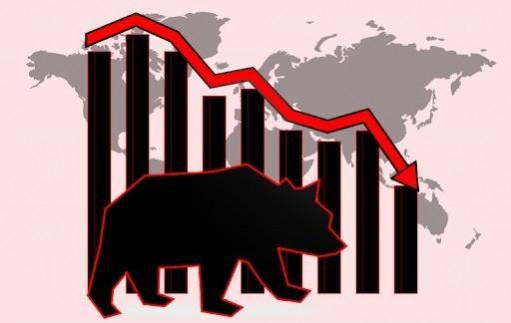
India’s job market has been witnessing a significant surge, with an 11% yearly increase in hiring activity in July, as compared to the same period last year. This growth has been primarily led by the retail and telecom sectors, according to a report by talent platform foundit (formerly Monster APAC & ME). Despite a slight month-on-month decline of 1% in June, the overall job market shows a positive momentum, indicating resilience and adaptability in the face of challenges.
The report also highlighted that the recent Union Budget’s strong focus on productivity and job creation has been an encouraging sign for the recruitment industry. The salaries of employees have consistently risen, driven by higher demand for fresh talent and competitive salary offerings. This growth is likely fueled by high-growth sectors such as technology, digital marketing, and e-commerce, which have been instrumental in driving the job market’s positive momentum.
The retail and telecommunications sectors have witnessed the most significant growth, with a 15% and 14% increase in salaries, respectively. Freshers in the retail industry receive an average minimum salary of Rs 3.3 lakh per annum (LPA) and an average maximum salary of Rs 5.2 LPA. This growth in salaries across most sectors has been positive and consistent over the past year, reflecting the increasing demand for skilled professionals in these sectors.

The consumer electronics sector also experienced remarkable year-on-year growth in hiring, with a 45% increase. This surge is driven by technological advancements, AI developments, and innovative designs in consumer electronics devices such as smartphones, TVs, gadgets, smartwatches, etc. The manufacturing industry also saw a 43% yearly growth in hiring, reflecting the ripple effect of this boom.
However, a few sectors such as automotive, BFSI, and travel and tourism witnessed a decline in salary packages, reflecting the market challenges and industry adjustments. Other sectors that witnessed a dip in hiring include shipping/marine (-31 per cent), and agriculture (-17 per cent). However, the recent Union Budget developments suggest the potential for a gradual recovery in the coming months.
Roles in hospitality and travel continue to experience a remarkable surge in hiring by 28 per cent (July 2024 vs July 2023). This growth highlights the dynamic environment, diverse roles, and promising career trajectories that the hospitality sector offers.
The report by foundit also highlighted that the entry-level professionals in the Retail and Telecommunications sector saw a 15% and 14% growth in salaries, respectively (July 2024 Vs July 2023). Experienced professionals in the Advertising, Marketing, Research, and PR sectors enjoyed the highest salary growth among experienced professionals, with a 15% rise. Consumer Electronics and Manufacturing industries saw substantial annual growth in hiring, with increases of 45% and 43% year-on-year increase respectively (July 2024 vs July 2023).
Overall hiring activity sees an 11% yearly increase (July 2024 vs July 2023) and a slight 1% monthly decline (July 2024 vs June 2024). According to the tracker, there has been an 11% uptick in hiring activity on a year-on-year basis (July 2023 vs July 2024), with the index rising from 268 to 298, despite a slight month-on-month (MoM) decline of 1%, the overall job market shows a positive momentum.
The report noted that the surge is driven by technological advancements, AI developments, and innovative designs in consumer electronics devices such as smartphones, TVs, gadgets, smartwatches, etc. However, a few sectors such as automotive, BFSI, and travel and tourism witnessed a decline in salary packages, reflecting the market challenges and industry adjustments.
The Indian job market has been witnessing a significant surge, driven primarily by the retail and telecom sectors. The consistent rise in salaries, driven by higher demand for fresh talent and competitive salary offerings, further underscores the positive momentum in the job market. Despite some challenges, the overall job market shows a positive momentum, indicating resilience and adaptability in the face of challenges. The recent Union Budget developments suggest the potential for a gradual recovery in the coming months, further bolstering the positive outlook for the job market. The growth in the job market is a testament to the country’s resilience and adaptability in the face of challenges, and the future looks promising with the potential for further growth and development.




 BPCL has demonstrated growth by 3.22% in achieving 13.16 MMT market sales in Q1 FY 24-25 as against 12.75 MMT in Q1 of FY 23-24.
BPCL has demonstrated growth by 3.22% in achieving 13.16 MMT market sales in Q1 FY 24-25 as against 12.75 MMT in Q1 of FY 23-24.

 By Rishabh Goel, MD, Tailwind Financial Services
By Rishabh Goel, MD, Tailwind Financial Services

